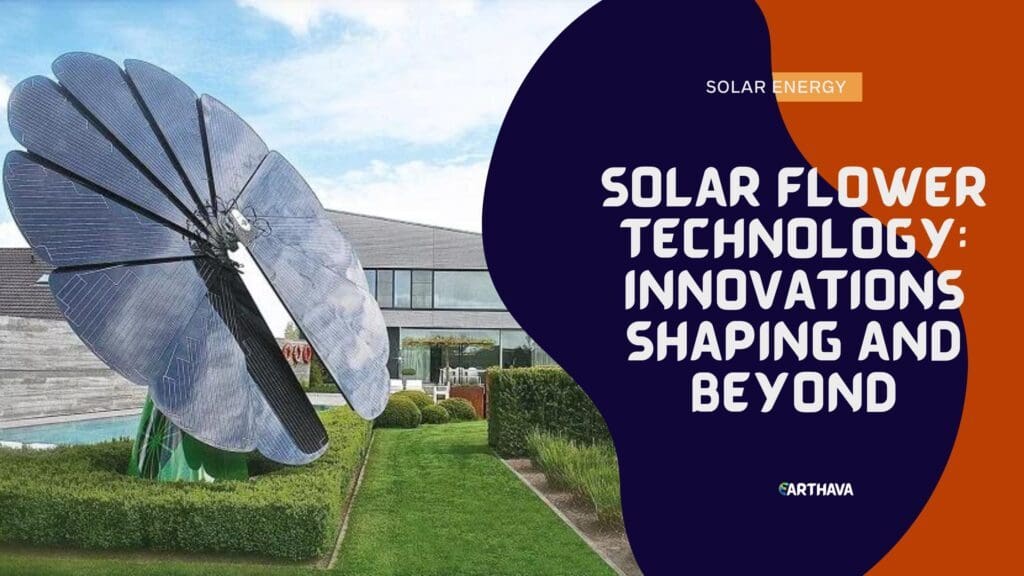A field of fully mature sunflowers will all face the same direction. Perhaps you’ve witnessed this phenomenon while driving down a rural highway. Something even more unique occurs among juvenile sunflowers, however, that isn’t noticeable in the time it takes to zip past a field. If you spend a day observing young sunflowers (or just set up a time-lapse camera, or search YouTube), you’ll notice that the face of the flowers tracks with the sun, and after sunset, ratchets back to where it started.

Sunflowers participate in heliotropism, a form of stimulus-induced movement dictated by the sun. While there has been all sorts of research documenting why they do this and what happens to the response under various manipulated circumstances, there’s a lesson to be learned: sunflowers that follow the sun grow to be larger and attract more pollinators. In essence, they’re more efficient at accomplishing their flowery goals.
The Power of the Sunflower
As the human race takes cues from the natural world and moves towards solar energy as a sustainable, clean option in solving our many problems, it looks like a few humans have taken the process one step further.
In Austria in 2010, the original concept for SmartFlower was sketched on a napkin. The designers wanted to emphasize two things: aesthetics and efficiency. They knew that having a product that was visually appealing would make them competitive in a market that has previously favored function over form, frequently making sacrifices in the presentation for the sake of solar. Efficiency, however, plays into several facets of SmartFlower and is the defining aspect of the product.
The Solar Flower “SmartFlower” is space efficient; the structure is an all-in-one solar system, meaning that all the technical aspects of the product are housed in its base. All you need to do is plug in the product, and it’s ready to go. Fewer pieces mean that installation is a fairly painless process, purportedly possible in just a few hours.
The crowning efficiency achievement, however, and the sunflower tie-in, comes in the function of the product. During daylight hours, the solar panel petals track the sun’s movement in the same way that it’s inspirational yellow flowers do. During the night, the petals simply spiral in on top of each other and fold down to minimize space. If it’s rainy or windy, the solar system is smart enough to keep its petals hidden to protect itself.
The oscillating face of the flower allows it to create 40 percent more energy than comparable panels. Stationary panels are, by their nature, unable to soak up the same amount of sun and can’t compete with the SmartFlower. Additionally, every time Smartflower unfurls, tiny brushes clean the surface of each panel, diminishing residue and further increasing efficiency.
Solar Energy Status Quo

The advance in solar technology stands to revolutionize the market. Solar energy is in a growth phase. With options already on the market for conventional panel systems, as well as various solar arrays around the world, clean energy is poised to take over a larger market share in energy production.
At present, solar power accounts for 0.6 percent of US electricity generation. The combination of rapidly dropping prices and increased consumer demand is setting the stage for a continued increase in the application.
Initial investment costs are high for both companies and homeowners, though the price tag is potentially more palatable to the corporate world than the private citizens. However, once homeowners take the plunge, they can see their investment level out in as little as 10 years, depending on a handful of factors. Federal tax credits and incentives from utility companies are making the option even more affordable.
The Solar Revolution
Solar energy is seated on the edge of a revolution. As the technology is adopted at a growing rate, the demand drives companies to make the technology more accessible and efficient. Industries are re-imagining staples to run on clean energy, and the private sector is seeing a growing number of options for “going green” at home.
Transportation

In 2016, Chile announced its intention to have a solar-powered metro system, the first public transportation system in the world that’s completely powered by the sun. This year, the country unveiled a solar array capable of powering 42 percent of the metro’s energy consumption. While it’s not the sole energy source, it’s a massive step forward in reducing public transportation emissions and energy consumption.
Related: Solar Powered Sono Motors
The verdict is out on solar roads, though. While there’s certainly plenty of research going on from Montana to France to China, no one’s really sure what the future of smart roads looks like. The potential benefits promise reduced infrastructure cost, automatic snow melting, and the ability to change lane markers as needed for construction or other hazards. However, naysayers cite potential problems with traction, as well as the high cost of building materials. In China, part of the test road was stolen. While solar thieves aren’t likely to be a problem, the effectiveness of a solar collection system that is inherently partially blocked from sunlight is in question — especially with the SmartFlower making stationary panels look inefficient.
Green Buildings

As the world becomes increasingly urban, city planners and architects are changing the face of development. By focusing on appropriate sizing and better construction materials, green buildings are optimized to provide the most efficient existence in their environment. Solar panels not only produce energy for the building but feed excess power into the energy grid.
With the addition of aesthetically pleasing (or at least, more pleasing) solar flowers, the market stands to flourish even more. SmartFlowers may become a common sight in public or private spaces, dotting the landscape with their energy-efficient technology and unique look.
Unexpected Tech
Solar panels are popping up in more places than just rooftops and roads, though; the technology is slowly but surely making its way into some unexpected areas.
Clothing is being modified to include solar fibers woven into the fabric. In the future, it may be possible to put your cell phone in your jacket pocket and have it charge! While that may not be convenient for people who spend their days inside, the application for military, backpackers, and trail guides is astounding.
Related: Solar Panels Are Popping Up in the Most Unlikely Places
Speaking of backpackers, more and more camping equipment is moving towards solar as an energy source. For those who enjoy the outdoors, it only makes sense to take advantage of a natural power source, and it eliminates the need to lug power supplies or backup batteries. Various options are generally affordable due to their small size.
Related: Best Solar Backpacks For Outdoor Activites
In much larger solar options, Japan is unveiling the world’s first solar-powered cruise ship. The Ecoship will run on a combination of solar, wind, and natural gas, and the cruise company hopes to see emissions cut by at least 40 percent. If all goes well, Japan hopes to have a fleet of five such ships by 2020.
Looking Forward
There’s no doubt that solar power is taking the world by storm. As alternative energy solutions become a more pressing concern, companies are innovating and answering the call in spades.
SmartFlower’s oscillating panel face stands to disrupt the industry moving forward — though not in a bad way. If more solar applications can take advantage of tracking the sun, we can see solar power become more affordable as the technology becomes more efficient. Of course, certain things are stationary by necessity — roads that rotate are understandably impossible.
However, oscillating solar panels and other cues from nature may be just the answers the industry is looking for. The emphasis on aesthetics and blending into the surroundings as either a focal fixture or a covert energy source sets SmartFlower apart, and hopefully, the luxury of designing solar for our environment will become more widespread as solar power takes root.


